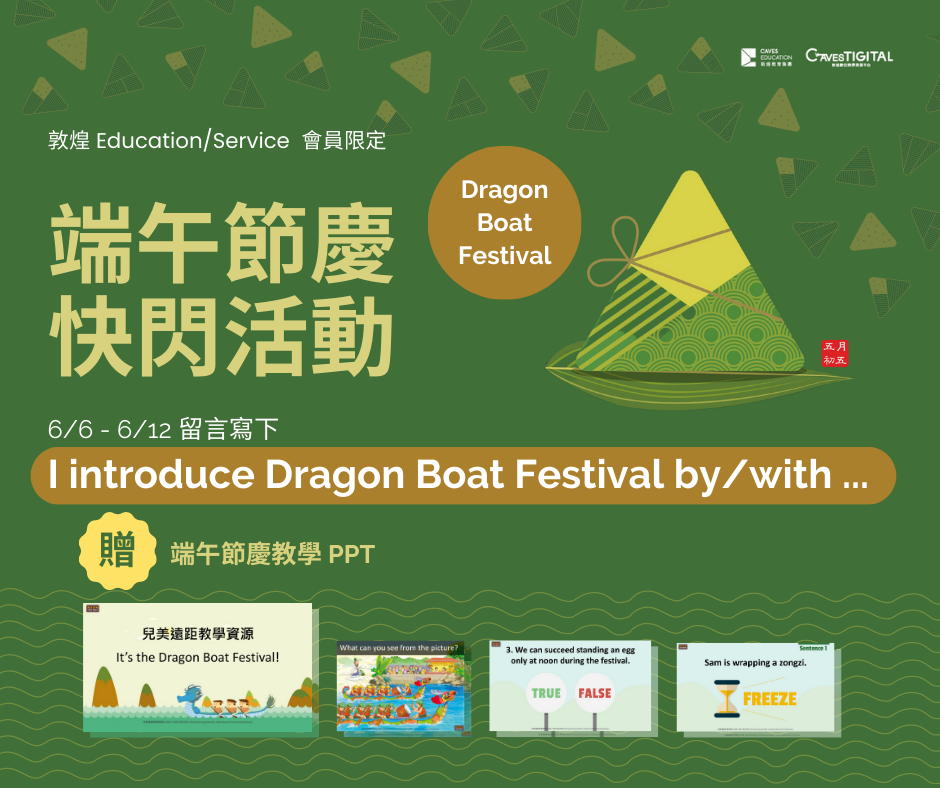從諮商過程診斷出學生的學習問題後,筆者建議由以下方式著手。
延伸課程設計
根據初步諮商融入英語閱讀的結果,教師、課程設計者、教科書作者或出版社可開發相關教材:
第一,針對偏食性閱讀者,以主題為導向的學習改善,如集中主題閱讀教學法(Krashen, 2013; Cho, Ahn, & Krashen, 2005; Schmitt & Carter, 2000),閱讀不同主題,甚至可結合 Content and Language Integrated Learning(Marsh, 2012) 教學法,從跨領域的角度探討同個主題,如此一來,學習不僅有廣度亦有深度。
第二,針對拼圖式閱讀者,整體字彙能力要加強,筆者從字彙分布能力普遍偏低的狀況,推測這類學習者可能不太會背單字,所以根據認知心理學記憶的原理,開發「字彙學習線上系統」(CPOVLS),在學習者與軟體互動過程中,監控記憶過程不完整的階段,提供學習回饋(陳長慶,2015a)。
第三,閱讀曝光量不足者,不易抓到文章重點,教師可帶從上而下(top-down) 的活動,例如讀完文章後,畫出文章結構圖,以期有較好的理解力;教師亦可將文章結構當作基模,引導學生理解文章段落含意。
教研建議
當教師看到上述的結果須注意,筆者的資料針對閱讀而設計的諮商,結果尚未證實是否可類推至其他聽、說或寫能力的診斷。若教師要發展自己的診斷測驗,需納入潛在因素,還有測驗題目分析(Brown, 1989),這也是本研究未來改善的方向。另外,礙於大學通識英語課程僅三門課,每週總計五小時,加上學生未必持續選修同一位教師的課程,往往無法在閱讀學科諮商中完整地追蹤,但中小學的環境較允許長期追蹤學習成效,更易觀察實質的改變。若教師有興趣進行班級學習英語課堂研究,可參考本專文專文好好看。
延伸閱讀
上文專文好好看的數據統計分析和討論提及的SPSS 統計軟體操作方式,可參考相關教學短片如 EXCEL 匯入 SPSS (吳文彬,2014)、 集群分析 (Gaskin, 2015)和 ANOVA(Gates, 2012)。
致謝
感謝英語教學與科技跨領域小組數位化諮商融入英語閱讀活動,是本研究得以順利完成重要因素。
參考書目:
- 吳文彬(2014)。EXCEL 轉為 SPSS 資料檔與資料除錯。取自 https://www.youtube.com/watch?v=V63mwTj_WW8
- 林瓊瑤(2002)。英語科學習動機調整訓練團體對高中生自我效能、學習動機及課業成就之影響 (未出版之碩士論文)。國立彰化師範大學,彰化市。
- 陳長慶(2015a)。翻轉教室:英語教室的助力或阻力?。敦煌英語教學電子雜誌。取自http://www.cavesbooks.com.tw/CET/ArtContent_tw.aspx?CDE=ART20150323133304IKB
- 陳長慶(2015b)。多媒體選用原則與教學策略。敦煌英語教學電子雜誌。取自http://www.cavesbooks.com.tw/CET/ArtContent_tw.aspx?CDE=ART20151210115647B4I
- 劉福鎔(2009)。建構一個新的諮商領域-課業學習諮商。諮商與輔導,286,35-39。
- 羅幼瓊、林清文(2009)。以提升課業任務價值為導向之課業學習諮商之當事人任務分析─以高中學生學習英語科為例。中華輔導與諮商學報,25,81-130。
- Bachman, L. F., & Palmer, A. (2010). Language assessment in practice: Developing language assessments and justifying their use in the real world. Oxford: Oxford University Press.
- Birch, B. M. (2007). English L2 reading: Getting to the bottom (2nd ed.). Mahwah, NJ, Lawrence Erlbaum.
- Brown, C. A., Danvers, K., & Doran, D. T. (2016). Student perceptions on using guided reading questions to motivate student reading in the flipped classroom. Accounting Education, 25 (3), 256-271.
- Brown, J. D. (1989). Improving ESL placement tests using two perspectives. TESOL Quarterly, 23 (1), 65-83.
- Cho, K.-S., Ahn, K.-O., & Krashen, S. (2005). The effects of narrow reading of authentic texts on interest and reading ability in English as a foreign language. Reading Improvement, 42 (1), 58-64.
- Cobb, T. (2017). Sentence extractor. Retrieved February 26, 2017, from http://www.lextutor.ca/tools/ex_sent/
- Edwards, L., Thornton, P., & Holiday-Driver, N. (2010). Left behind but not forgotten: School counselors’ ability to help improve reading achievement. The Alabama Counseling Association Journal, 35 (2), 35-39.
- Gaskin, J. (2015). Hierarchical Cluster Analysis SPSS. Retrieved February 26, 2017, from https://www.youtube.com/watch?v=bMH-aHNlhBA
- Gates, A. (2012). Using SPSS for one way ANOVA testing. Retrieved February 26, 2017, from https://www.youtube.com/watch?v=RfCwHvPHTWk
- Henning, J. E., Stone, J. M., & Kelly, J. L. (2009). Using action research to improve instruction: An interactive guide for teachers. New York: Routledge.
- Kojic-Sabo, I., & Lightbown, P. M. (1999). Students’ approaches to vocabulary learning and their relationship to success. Modern Language Journal, 83 (2), 176-192.
- Krashen, S. (2013). Should we teach strategies? Electronic Journal of Foreign Language Teaching, 10 (1), 35-39.
- Marsh, D. (2012). Content and language integrated learning (CLIL): A development trajectory. Córdoba, Spain: University of Córdoba.
- Nation, I. S. P. (2001). Learning vocabulary in another Language. Cambridge: Cambridge University Press.
- Rupani, P., Haughey, N., & Cooper, M. (2012). The impact of school-based counselling on young people’s capacity to study and learn. British Journal of Guidance and Counselling, 40, 499-514.
- Schmitt, N., & Carter, R. (2000). The lexical advantages of narrow reading for second language learners. TESOL Journal, 9 (1), 4-9.
- Simpson, D. (2017). The readability test tool. Retrieved February 26, 2017, from http://read-able.com/
- Smith, L., & Mare, N. (2004). Concepts for today (2nd ed.). Massachusetts: Heinle ELT.
- Stanovich, K. E.(1992). How to think straight about psychology (3rd ed.). New York: HarperCollis.
- Tremblay, A. (2011). Proficiency assessment standards in second language acquisition research: “Clozing” the gap. Studies in Second Language Acquisition, 33 (3), 339-372.
- Yamamori, K., Isoda, T., Hiromori, T., & Oxford, R. L. (2003). Using cluster analysis to uncover L2 learner differences in strategy use, will to learn, and achievement over time. International Review of Applied Linguistics, 41 (4), 381-409.
作者簡介│陳長慶



 © All rights reserved, powered by
© All rights reserved, powered by 

